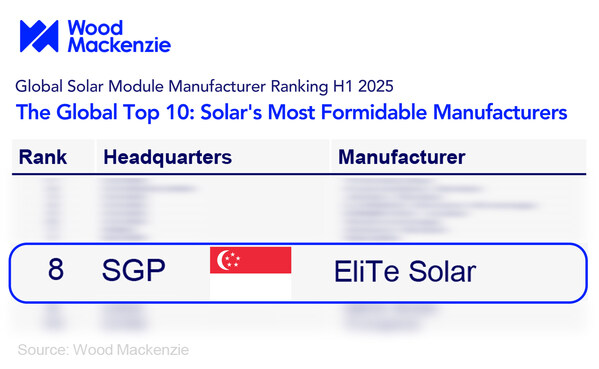SHANGHAI, May 29, 2025 /PRNewswire/ -- At this pivotal juncture when near-eye display technologies are rapidly advancing toward large-scale deployment, JBD, through sustained technological innovation, has succeeded in reducing the number of defective pixels in its MicroLED micro-displays from ≤100 to ≤3 per panel. This breakthrough not only signifies that MicroLED micro-displays have reached the quality-control standard of mature display technologies such as LCD, but also establishes a new benchmark for defective-pixel metrics across the MicroLED micro-display industry.
The number of defective and dark pixels has long served as a key indicator of the reliability and technological maturity of MicroLED micro-display products. Previously, constrained by technological capabilities and production processes, the industry generally confronted a technical bottleneck of nearly 100 defective pixels per panel, which to some extent impeded the widespread adoption of consumer-grade AR devices. In order to overcome this constraint, JBD in recent years has conducted in-depth research into core MicroLED micro-display technologies, reducing the number of defective pixels to ≤3 per panel and dramatically raising the proportion of flawless zero-defect panels.
Moreover, dark pixels are an equally long-standing yet frequently overlooked technical challenge in the MicroLED micro-display field, directly affecting image uniformity and overall image quality. Through technological upgrades, JBD has lowered the dark-pixel rate per panel from as high as 0.4% to an exceedingly low 0.03%, and—together with JBD's proprietary Demura pixel-level luminance-compensation algorithm—has greatly enhanced pixel-brightness uniformity.
The count of dead and dark pixels exerts a direct and pronounced impact on display quality and user experience. Dead pixels manifest as conspicuous black specks within the image, undermining picture integrity and detail rendition; dark pixels introduce dim blemishes, compromising color accuracy and luminance uniformity. Under high-contrast or brightly lit conditions, these defects become particularly conspicuous, readily distracting users and diminishing visual immersion. By reducing defective and dark pixels, manufacturers prevent image discontinuities, muted colors, and distortion, significantly enhance picture integrity and uniformity, and thus play a pivotal role in elevating visual quality for AR near-eye displays.
Bringing defective and dark pixels under tighter quality control in micro-displays requires a complicated, end-to-end effort; the aforementioned breakthrough results from JBD's sustained investment and concerted efforts in technology iteration, process optimization, defect analytics, and lean management.
On the technological front, JBD has refined the epitaxial structure to achieve uniform material density, while innovative processes ensure homogeneous pixel-level drive characteristics. Regarding equipment and manufacturing, the introduction of advanced tools has enhanced manufacturing precision. From a production-management perspective, additional inspection steps have been integrated into every stage of the process, with critical stages subject to rigorous monitoring and precise control, guaranteeing that the entire production flow meets the highest quality standards.
The foregoing not only attests to JBD's dramatic advances in technological innovation and manufacturing processes, but also signals that MicroLED micro-displays are entering a phase of application maturity. With the meteoric progress of AI technology, demand is mounting for lightweight AR glasses that can serve as all-day AI assistants. Thanks to its outstanding brightness, compact footprint, and low power consumption, MicroLED micro-display technology is steadily becoming the leading solution for such lightweight AR glasses. The substantial improvement in defective- and dark-pixel quality-control standards will further consolidate JBD's advantage in near-eye display applications.
Standing at the threshold of mass adoption of consumer-grade AR smart glasses, JBD remains committed to delivering micro-display products of exceptional performance and proven reliability. Looking ahead, JBD will deepen its focus on MicroLED micro-display technology, amplify R&D investment, and propel the industry forward, steering it to ever-greater heights.
About JBD
Founded in 2015, JBD stands at the forefront of technological innovation, revolutionizing the realm of MicroLED microdisplay technology. Renowned for delivering the smallest, brightest, and most energy-efficient micro-display panels, JBD has become a global pioneer in advanced display solutions. From ultra-compact MicroLED displays to state-of-the-art projectors and optical modules, JBD's visionary products are reshaping the future of near-eye display technology. Driven by an unwavering commitment to excellence and innovation, JBD illuminates the path to a brighter, more vibrant digital world.
Explore more about JBD's groundbreaking advancements by visiting their website(www.jb-display.com/) or engaging with them on LinkedIn and X (Twitter).
 6 months ago
346
6 months ago
346 





 English (United States)
English (United States)